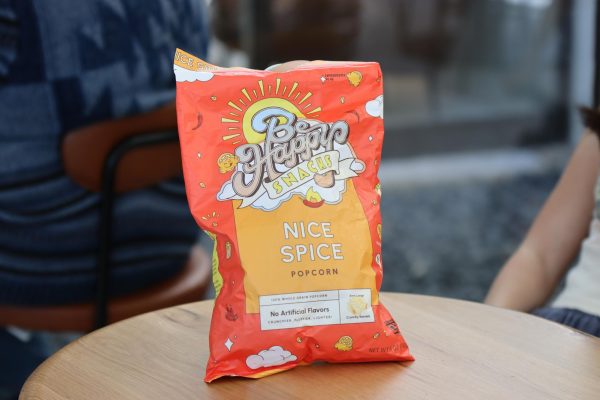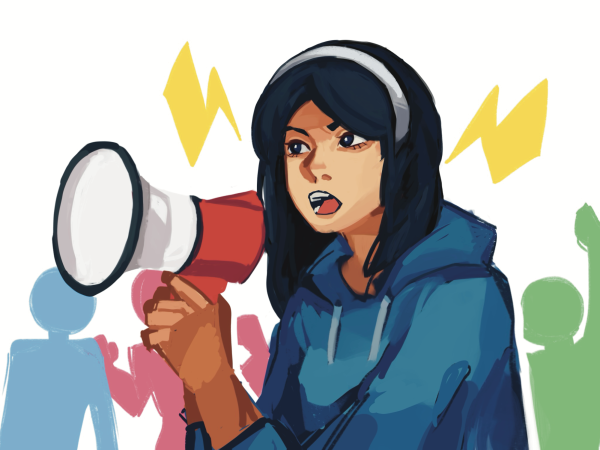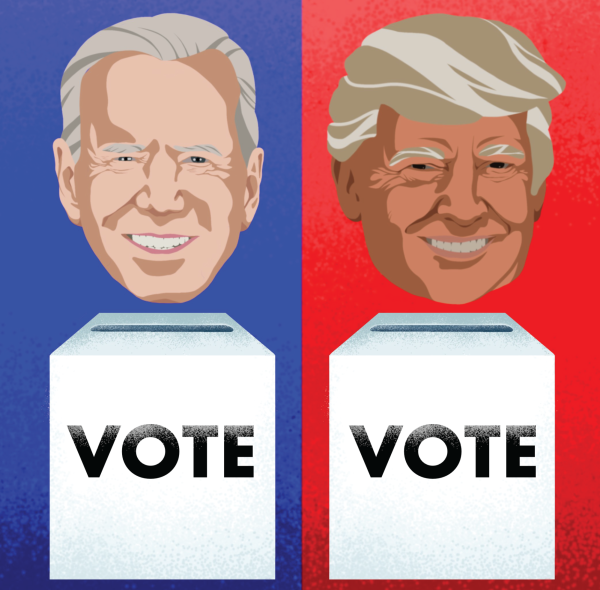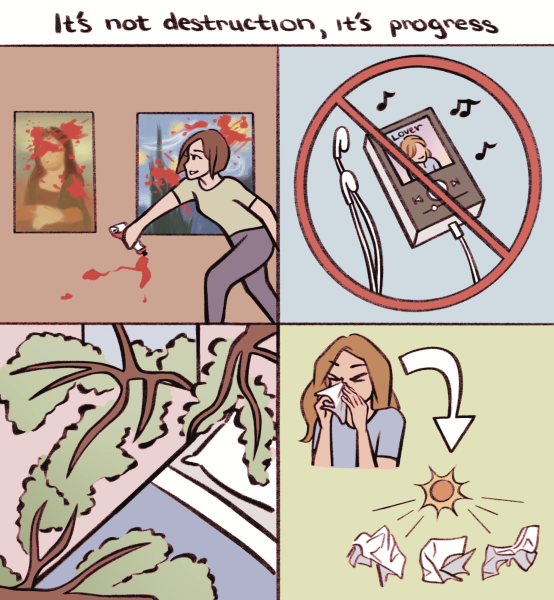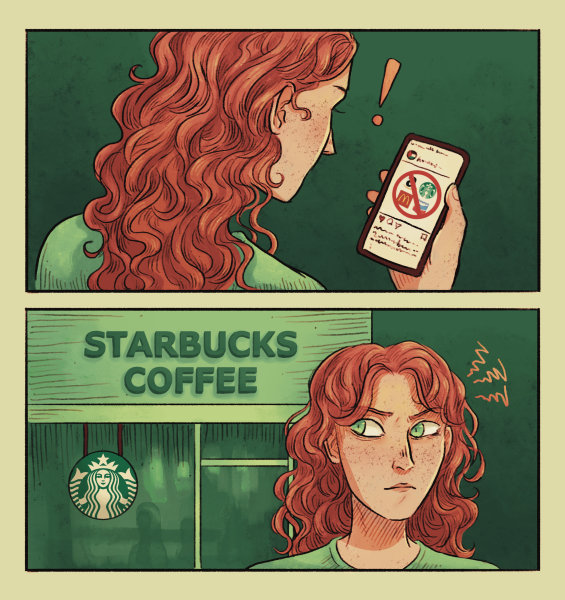Consumer science behind teenage mobile addiction
Companies use player frustration and users’ obsession over games in order to gain profit
A 2014 report showed that 0.15 percent of mobile gamers bring in 50 percent of mobile games revenue. Working as a hybrid of gambling addiction and video game addiction, mobile gaming addiction is one of the most profitable industries in the technology sector.
One of the most profitable audiences for the mobile gaming industry is the teenage demographic.
Mobile gaming addiction, although often conflated with video-game addiction, is an entirely different beast. In fact, video-game addictions actually tend to be less expensive than mobile gaming addictions. Mobile games are designed to take little bits of money over and over again. For a video game, the expense is usually limited to the game itself and several add-ons. Games like Clash of Clans offer free installation to widen their audience, but rake in revenue when users make small purchases of Jewels, the game’s currency.
Many gamers think they have managed to escape this addiction because they’ve never made an in-app purchase. However, companies are not aiming for a high distribution of in-app purchases. Companies cast deliberately wide nets, hoping to capture what the industry refers to as “whales.” As big buyers, whales end up spending large amounts of money on upgrades and small in-app purchases. It’s no coincidence that the gambling industry uses this exact advertising when designing casinos.
Ads are another scheme that mobile game companies have perfected to maximize revenue. Many popular games will be free for download, but require a purchase to make the game “ad-free.” This allows companies to blast ads left, right, and center during your app experience in an effort to push you toward the premium version. However, even if you don’t go premium, they’ll make a handsome profit from the ads themselves. Games like Trivia Crack will even utilize their carefully formulated addiction to ask you to watch an entire ad video for an extra life.
One specific tactic that’s become popular in addictive gaming has become a ‘stamina’ feature. Games like Trivia Crack and Puzzles and Dragons use this tactic to entice gamers to come back over and over again. These stamina restrictions can frequently be circumvented by making in-app purchases to buy more stamina.
“I dropped about a hundred dollars in Puzzles and Dragons buying magic stones, a type of in game currency,” said junior Alan Hsu.
Games like Clash of Clans have their own way of convincing gamers to pay money. The game begins easily enough, with upgrades being completed in 15 minutes or less. However, after a couple weeks, most upgrades take more than a day.
The designers of the game have geared the game so that you’re addicted at this point, meaning you won’t quit once you see “Time Remaining: 2 Days 3 Hours 10 Minutes”. Once again, they cross their fingers and hope for ‘whales’, the gamers that will become impatient and decide to speed up construction using Jewels, an in game currency. Sooner or later, the Jewels run out and the whale buys more using real money.
Almost none of the top grossing apps on iOS or Android are actually possible to beat. Most of them have levels being added faster than most gamers are beating levels. It’s impossible to end the addiction to the game by ending it, meaning target consumers are there to stay.
Your donation will support the student journalists of Palo Alto High School's newspaper



